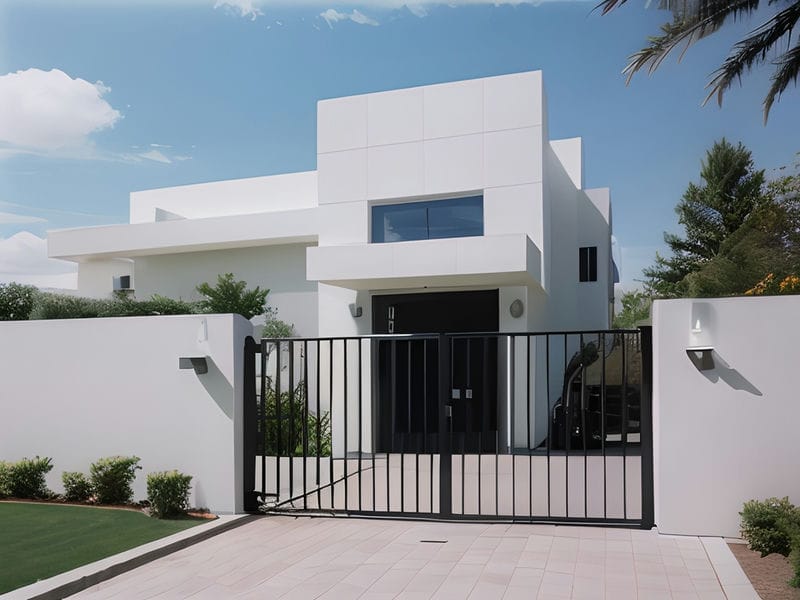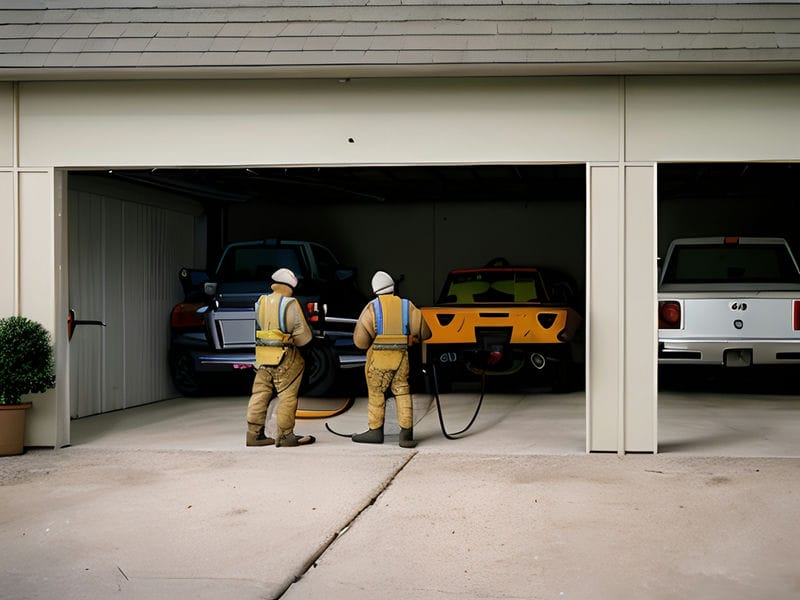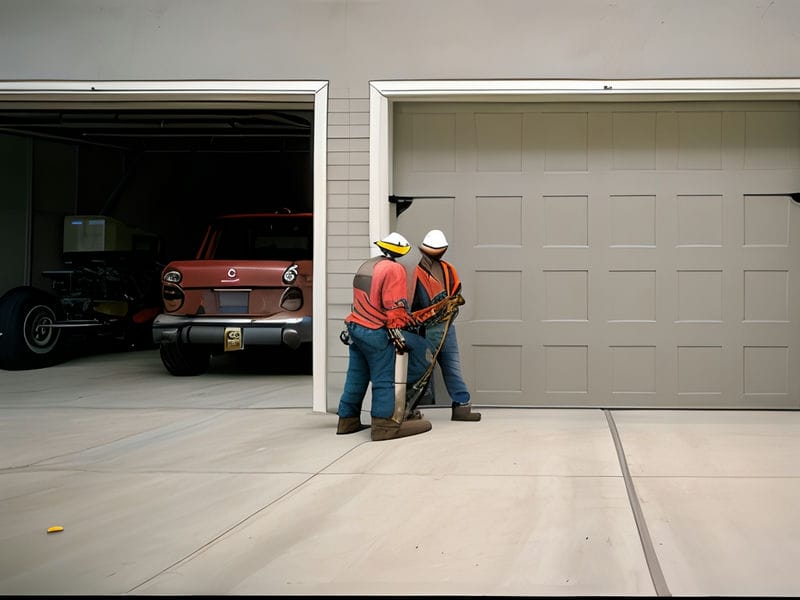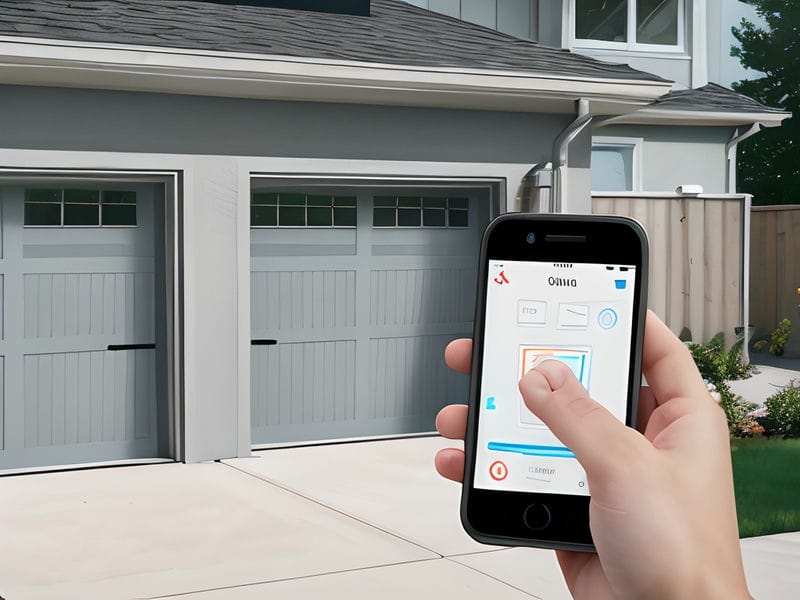
Integrating Your Garage Door with Home Automation Systems
Benefits of Integrating Your Garage Door with Home Automation
### Benefits of Integrating Your Garage Door with Home Automation
The advent of home automation has revolutionized the way we interact with our living spaces, offering unprecedented convenience, security, and efficiency. One often-overlooked aspect ripe for integration is the garage door. By incorporating your garage door into a comprehensive home automation system, you can unlock a myriad of benefits that enhance both functionality and peace of mind.
Seasonal maintenance is important to keep your garage door operating smoothly Smart Homes and Garage Doors A Seamless Connection torsion spring. Energy savings from efficient home fixtures can add up significantly over time Lockport broken garage door repair door.
**Enhanced Security**
One of the primary advantages of integrating your garage door with a home automation system is improved security. Traditional garage doors often rely on manual locks or basic remote controls that can be easily compromised. With home automation, you can monitor and control your garage door from anywhere in the world using your smartphone or other connected devices. Real-time notifications alert you if the door is left open or if there are any unauthorized attempts to access it, allowing you to take immediate action.
**Convenience and Accessibility**
Imagine never having to fumble for keys or remotes again. Automated systems allow for seamless entry and exit through voice commands or scheduled routines. For instance, you can program your garage door to open automatically as you approach your driveway, thanks to geofencing technology that detects when you're near home. This level of convenience extends beyond daily commutes; it simplifies access for service personnel or deliveries when you're not aroundgranting temporary permissions without compromising overall security.
**Energy Efficiency**
Integrating your garage door with a smart home ecosystem also contributes to energy efficiency. Smart sensors can detect whether the garage door is open or closed and adjust heating and cooling systems accordingly to prevent energy loss. In colder climates, this feature ensures that warm air stays inside during winter months while keeping hot air out during summer, thereby reducing utility bills over time.
**Peace of Mind**
For many homeowners, peace of mind is priceless. Knowing that you have real-time control over all entry points in your houseincluding the often-neglected garageprovides an added layer of reassurance. Whether you're at work, on vacation, or simply running errands, an integrated system allows you to check on your home's status anytime via mobile apps. Some advanced systems even incorporate video surveillance features so you can visually confirm whos entering or exiting through the garage.
**Integration with Other Smart Devices**
A fully automated home isn't just about standalone functionalities; it's about creating a harmonized environment where various components work together seamlessly. Your smart thermostat could lower its settings once you've driven away from home through the automated closing of the garage door. Lights could turn off automatically as part of an "away" mode triggered by locking upall orchestrated through interconnected devices working in unison.
In conclusion, integrating your garage door into a home automation system offers numerous benefits ranging from enhanced security and unparalleled convenience to greater energy efficiency and invaluable peace of mind. As technology continues to evolve, adopting these smart solutions becomes less about luxury and more about making practical improvements that enrich everyday life.


